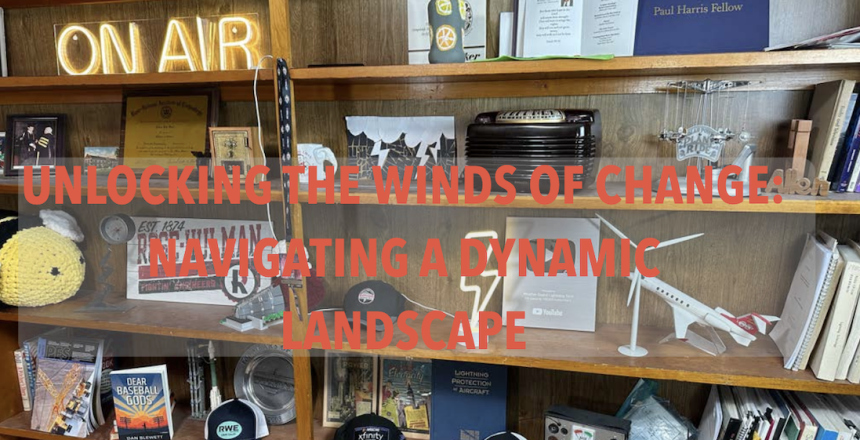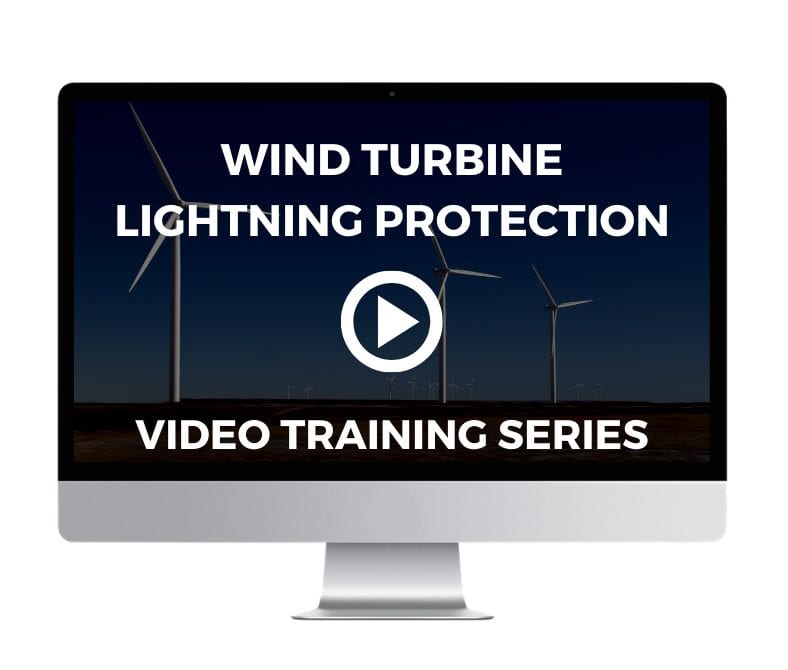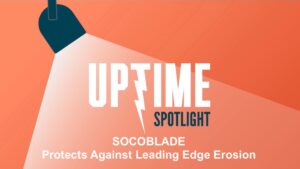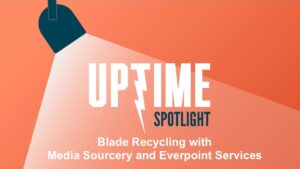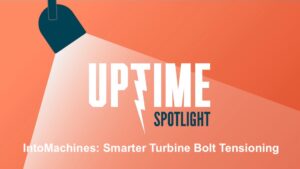This is a reprint of an article from PES Wind magazine that explains how the Uptime Wind Energy Podcast works, how it is different from and much the same as other communication vehicles in the industry.
In the world of renewable energy, the wind sector uniquely embodies both swift innovation and expansive growth. Technological breakthroughs elevate turbines to new heights and capacities, while billions in investment circulate through numerous transactions, establishing this field as a vibrant catalyst for transforming the global energy framework. In this constantly changing segment, how do industry professionals manage to keep abreast and well-informed amidst the relentless surge of innovations?
The wind energy industry is moving at a rapid pace. It is challenging to understand the complex fluctuations and billions of dollars exchanged. Compare wind energy to the software advances in Silicon Valley. When was the last time you used a radically improved piece of software or computer hardware?
Four years ago, we were discussing 5 to 6 MW turbines as the massive new wind tech. Now, there are multiple OEMs pushing 20 MW. Blade length has jumped from 50 to 60 m to 100+ m. That is a truly insane rate of progress. How can an industry professional expect to stay current on all of these developments? Even Apple is having trouble with new iPhone releases.
Since you’re reading this in a trade publication, I should state the obvious: podcasts and magazines are different styles of news sources. But both are desperately needed in this time of rapid change.
When we started the Uptime Wind Energy podcast in 2020, friends and business associates questioned the decision. Frankly, most of them thought it sounded like a waste of time. At times I thought they might be right.
Having 300,000+ YouTube subscribers and 250,000+ podcast downloads were not our goals when we started the podcast.
Connecting with and learning from other industry experts was our mission.
I should explain that I’m not a marketing professional. I’m an electrical engineer, and for most of my career I’ve worked on lightning protection systems for wind turbines and aircraft. Podcasts, I was told, were great for celebrity gossip, unsolved crime mysteries, and travel bloggers. While that’s all true, we’ve found that they’re also great for wind energy professionals.
The podcast has expanded from its initial stages to now hosting three weekly episodes. On Mondays, we deliver the Uptime News Flash, a brief spot focusing on the latest mergers, acquisitions, and partnerships within the wind energy sector.
Tuesday is a full-throated show with all four hosts, discussing the latest wind energy developments and news.
Thursdays feature our Uptime guest episodes, showcasing experts from across the globe such as PES Wind Publisher, Stefann Perrigot, Wind Power LAB’s Chief Blade Expert Morten Handberg, PowerCurve’s CTO and Blade Aerodynamicist Nicholas Gaudern, and Dainis Kruze with the robot enthusiasts at Aerones.
In addition to guests from all over the world, Uptime brings four technical and practical hosts together to discuss, and argue, about the current state of the wind industry.
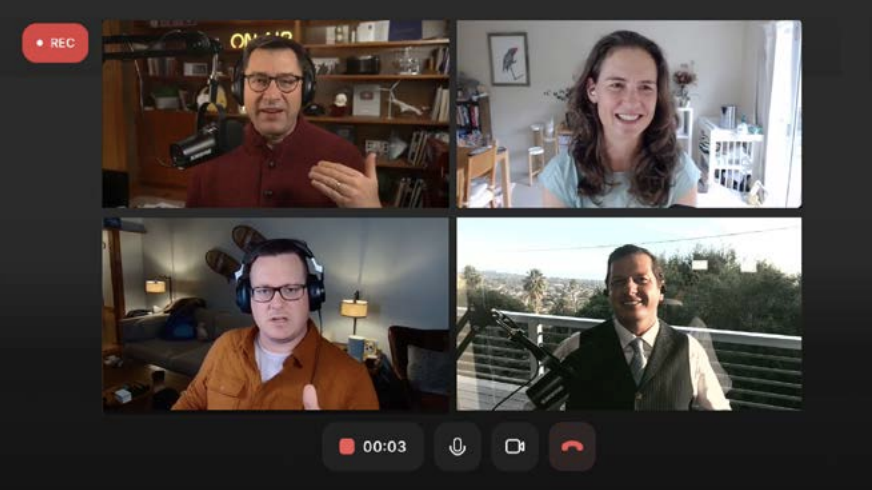
Rosemary Barnes is the Managing Director of Australian-based Pardalote Consulting, focusing on clean energy technologies. She is well-educated, with a PhD in the structural design of composite materials, and brings years of hands-on experience in areas such as blade manufacturing and de-icing techniques. Her work has taken her around the globe investigating emerging energy technologies. She is also the host of the wildly popular YouTube channel, Engineering with Rosie, with more than 80,000+ subscribers from around the world.
Joel Saxum brings nearly two decades of expertise in both technical and business operations within the oil & gas and wind sectors to his role as Chief Commercial Officer at Weather Guard Lightning Tech. His career has spanned across the US and Europe, where he has been instrumental in deploying advanced solutions for both onshore and offshore energy sectors. Joel’s vast experience encompasses a deep understanding of remote field operations and the application of automation and robotic technologies in offshore settings.
Trained as an aerospace engineer, Philip Totaro has extensive experience in both the aerospace and renewable energy sectors, holding intellectual property roles at GE and Clipper Wind. Phil is also the Founder and CEO of IntelStor, a leading market research and competitive assessment business, with vast knowledge of the wind investment and capitalization industries. Through his day job, he harvests a wealth of economic knowledge, and that expertise lends some great global insights on the podcast.
I’m Allen Hall and I have 25 years’ experience in protecting aircraft and wind turbines from lightning damage. I am a Designated Engineering Representative for the Federal Aviation Administration, where I’ve developed and approved lightning protection designs for numerous aircraft platforms. Additionally, I am the President and CEO of Weather Guard Lightning Tech, based in Massachusetts, USA. My company produces StrikeTape lightning diverters for wind turbines, using my extensive knowledge in the field to enhance safety and efficiency in aviation and renewable energy sectors.
What makes the Uptime podcast unique?
All four hosts have different expertise in wind as well as running their own companies, providing the show with rich and unique perspectives on the business interactions within the renewables industry. The focus is not on politics or debates about climate change that consume countless hours of media attention.
Rather, the discussions dive into the expansion and sustainability of the wind industry. Uptime exists at the crossroads between business and innovation; a mirror of the industry as a whole.
Yet while we bring considerable knowledge and perspective to those recordings, we can only capture a moment in time. Our discussions always draw on information from recent episodes, interviews, and news stories that listeners can easily reference by listening to previous shows. Many look at the podcast as a news source, bringing the most current global wind events into focus in an easy-to-digest format.
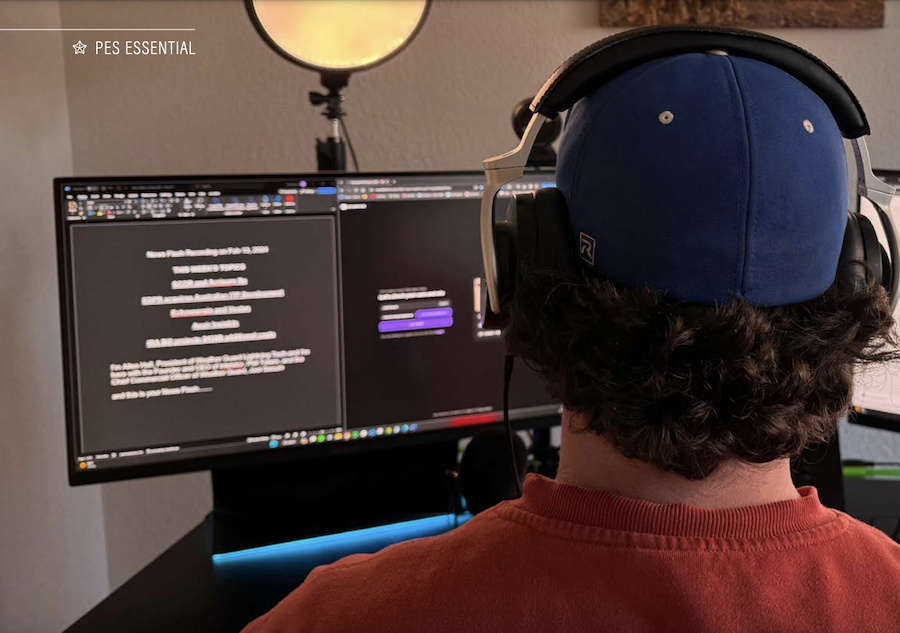
That’s why we love our friends at PES Wind Magazine. As the leading trade publication in wind technology with 60,000+ subscribers and millions of views monthly on LinkedIn, it provides deeper discussions about renewable technologies. The magazine brings the people behind the technologies to the forefront, with in-depth discussions of the capabilities and market segments the technologies seek to cover. The articles offer a breadth that connects the reader to the future. The publishing schedule determines the perspective. The editorial staff is meticulous about selecting the stories and sources that best reflect a topic’s growth and evolution over a quarter or even a year.
Meanwhile, at least three episodes of Uptime are posted each week. That’s 36 hours of dialog on a huge spectrum of wind and renewable energy topics airing between issues of the quarterly PES Wind publications.
Is one better than the other?
The answer is really that they’re different, and that they serve needs in different ways. The Uptime podcast moves fast to highlight new technologies and industry issues, meaning we can only slow down once or twice a year to review broader trends. The podcast has become something of an industry hub. Because we have several guest spots a month, there’s an opportunity for a myriad of voices and a variety of input. In-depth articles in PES and other professional trade magazines filter those many sources to focus on the most established, proven, and curated ones, which has a massive positive effect on the industry.
The immediacy of the podcast means that we can ask listeners about their direct issues and experiences. We may find out if a reported wind turbine glitch is widespread and may bubble up to become a big problem or understand the deployment of a new technology with its advantages and disadvantages directly from the field.
PES won’t bother with the tiny trickles of trouble; but if an issue grows into a significant concern, they will cover it thoroughly and thoughtfully, and the resulting article will be tremendously useful.
The obvious: both vehicles allow companies to connect with an audience and spread knowledge.
Behind the scenes at a trade show, there’s more activity than one may expect. Follow industry events and you’ll realize that there’s always a lot of investment activity leading up to major conferences, where merger and acquisition announcements are made. And generally, those kinds of financial moves are announced in all media channels. We all get the same press releases.
But at the same trade shows, there are always hints at the next wave: new companies presenting at a show, organizations conspicuously absent, and chatter amid the booths. Some of the chatter finds its way to podcasts, including Uptime, and some of that chatter portends future larger announcements and growth opportunities in PES Wind.
We’ve learned to appreciate the differences and similarities between podcasts and print publications. What goes on behind the scenes of a trade publication and a podcast is surprisingly similar. There’s a tremendous amount of research involved in both, including coordinating guest interviews with both industry players, policy makers, scientists, and researchers.
PES Wind has been a force in the publishing world for nearly 20 years, and the editorial staff has great journalistic and marketing experience. When PES Wind invites their contributing writers to offer articles in their areas of expertise, the editors improve those articles for structure and content, not to mention making them accessible to a worldwide audience.
On our podcast, we invite guests to talk about their areas of expertise. We don’t offer much in the way of improving our guests’ grammar or style, but with many decades of combined engineering experience, our hosts can ask questions and explain concepts that help our audience quickly understand the often highly technical topics that we cover.
Both formats are extremely useful to the wind industry. The sector is changing so rapidly, increasing its reach so quickly, that it is difficult for industry professionals to stay abreast of the latest technologies. While podcasts are always on the move, they are the simplest and quickest way to connect with the wind industry. At the office, at the apartment, or during a long excursion, PES Wind is a great longer format way to dive into the tech.
For the marketing and sales professionals, the quick-style, low-price enticement of Google ads are hard to ignore. The question is whether those online marketing spends, including LinkedIn budgets, are a good investment. Companies need ways to connect to highly specialized and technical industry professionals, wherever they are, whenever they’re ready to receive the most relevant information about wind and other renewables.
PES Wind has a well-honed and engaged audience hungry for the latest wind industry news. Advertising spends connect companies and products with actual customers making it a great buy. So too are advertisements with industry podcast such as Uptime. Wind professionals are on the move, and they stay connected with their ears. In this new world of online marketing, the connections are the key.
You can connect with the Uptime Wind Energy Podcast hosts at an upcoming trade show or at Uptime@wglightning.com.
This article was originally published as an exclusive article in PES Wind issue 1, 2024

